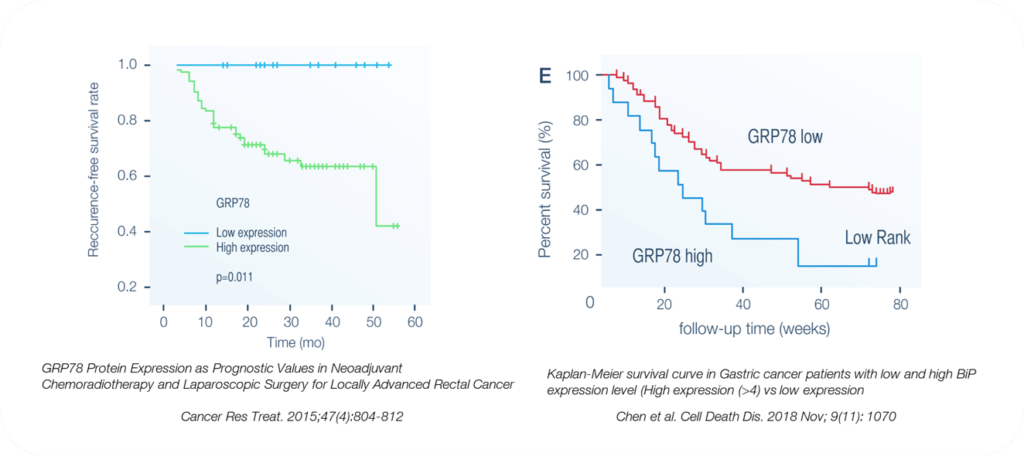SCIENCE & TECHNOLOGY
SCIENCE & TECHNOLOGY
A new way to treat cancer with high unmet medical needs
- Resistance to standard chemotherapeutic treatments and poor responses to immune-based therapies represent major challenges in cancer treatment as many patients respond poorly or not at all to currently available treatment options.
- BiPER Therapeutics aims to bridge this important treatment gap by developing novel therapeutic solutions based on these core principles:
- Targeting the global metabolism of cancer cells
- Developing First-In-Class drug candidates selectively targeting key proteins involved in metabolism of cancer cells and overcoming treatment resistance and cancer cell survival
- Triggering selective death of cancer cells
- Demonstrating efficacy and tolerability in vivo in vitro and ex-vivo from freshly isolated patients cells
- BiPER Therapeutics science and technology has been rewarded by recognized prizes: INCA, Grand CoPOc, Sanofi e-Award, Grand Prix Académie de Médecine and iLab
- Our lead candidate is a first-in-class BiP Inhibitors triggering cancer cell death through induction of unresolved Endosplasmic reticulum stress

- Tumors thrive under adverse conditions, such as hypoxia, nutrient starvation, and oxidative stress, by adjusting their protein-folding and homeostasis capacity via overexpression of BiP . Overexpression of BiP is associated with very poor prognosis of patients in a broad range of cancer indications.
- BiP is a master regulator of the Endoplasmic Reticulum Stress Pathway and the folding of misfolded proteins
- The ER Stress is a key survival and resistance mechanism in cancer cells controlled by BiP as a chaperone of the three ER Stress Effectors



-
Inhibiting the ER Stress controller function of BiP lead to uncontrolled and unresolved ER Stress activating apoptosis and autophagy, two mechanisms of cancer cell death in tumors
-
ER Stress plays also an important role in subverting the protective function of innate immune cells in the tumor microenvironment to cripple the development of anti-tumor immunity. Inducing ER Stress re-activate immune-mediated cell death in tumor microenvironement
Selected Publications
- Compounds Triggering ER Stress Exert Anti-Melanoma Effects and Overcome BRAF Inhibitor Resistance Cancer Cell
- Discovery and Optimization of N-(4-(3-Aminophenyl)thiazol-2-yl)acetamide as a Novel Scaffold Active against Sensitive and Resistant Cancer Cells J. Med. Chem. LINK
- New anti-cancer molecules targeting HSPA5/BIP to induce endoplasmic reticulum, stress, autophagy and apoptosis Autophagy
- Structure activity relationship and optimization of N-(3-(2-aminothiazol-4-yl)aryl)benzenesulfonamides as anti-cancer compounds against sensitive and resistant cells Bioorganic & Medicinal Chemistry Letters
- The GRP78/BiP inhibitor HA15 synergizes with mitotane action against adrenocortical carcinoma cells through convergent activation ER stress pathways Molecular and Cellular Endocrinology
- Development and in vivo evaluation of fused benzazole analogs of anti-melanoma agent HA15 Future medicinal chemistry
